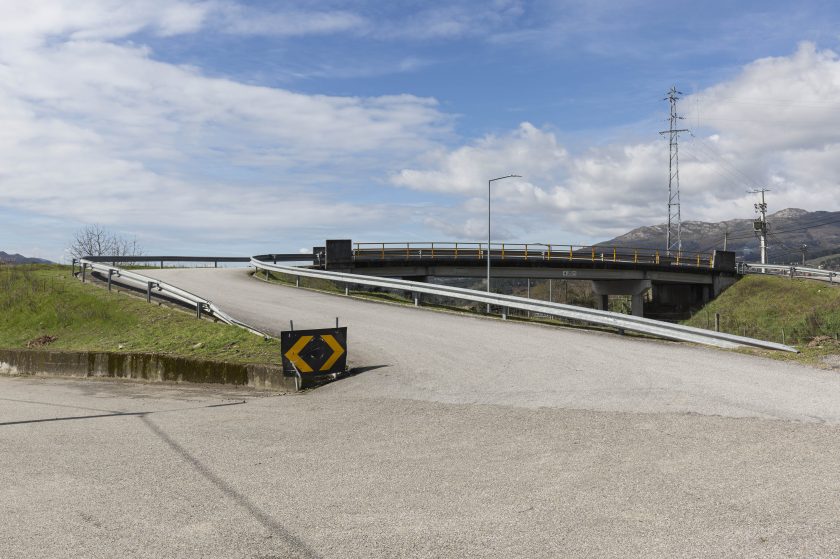
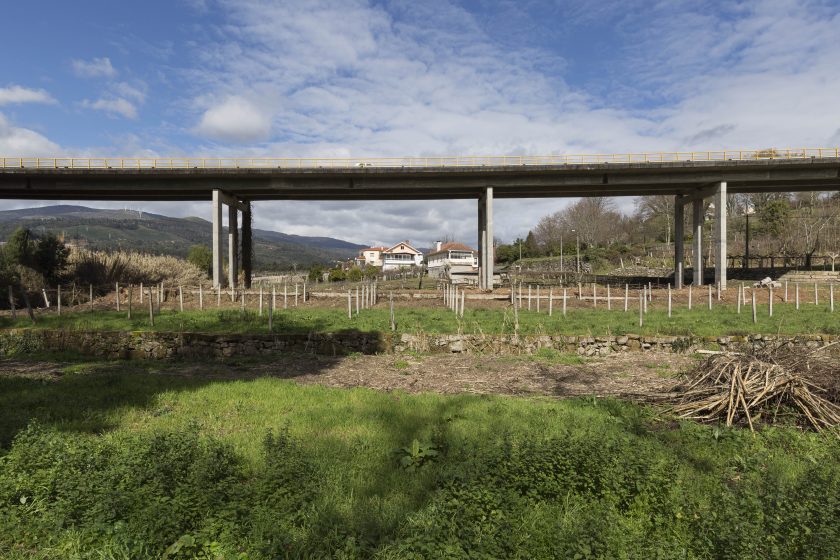
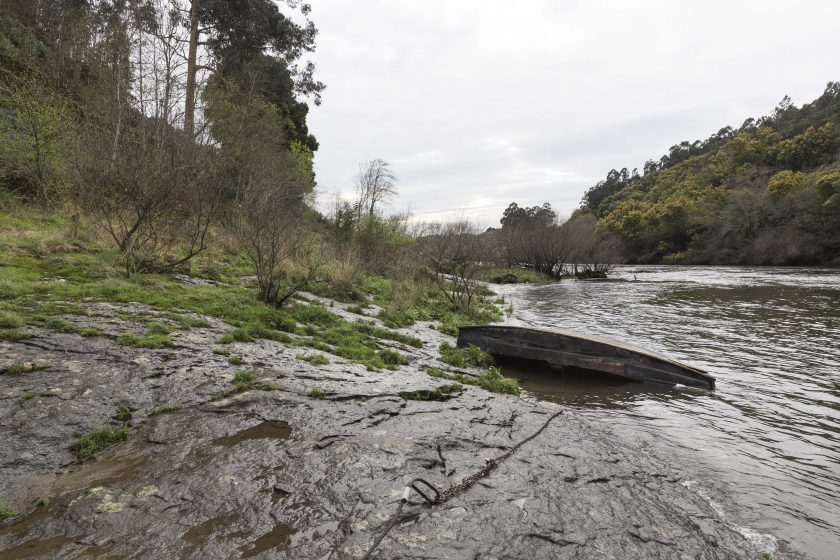
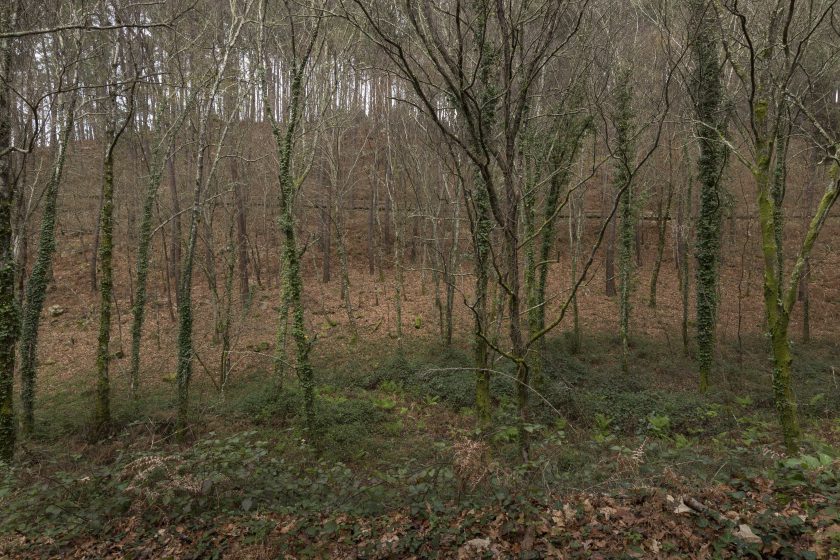
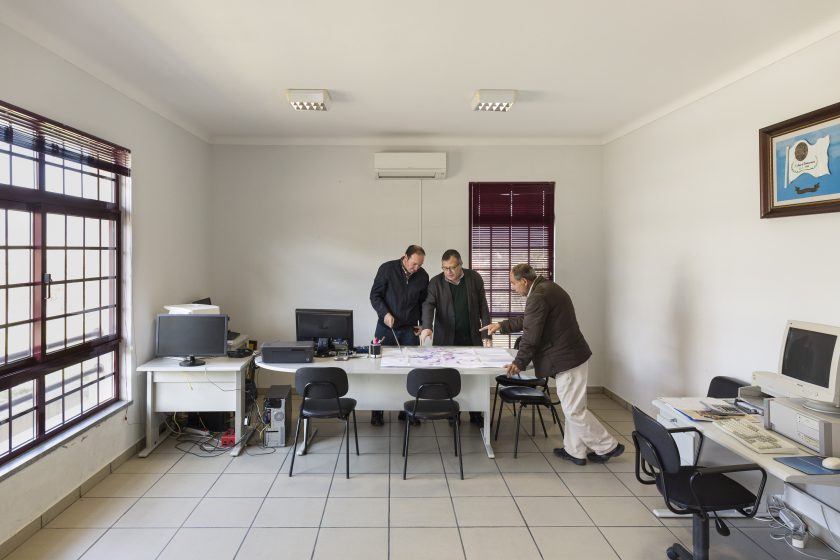

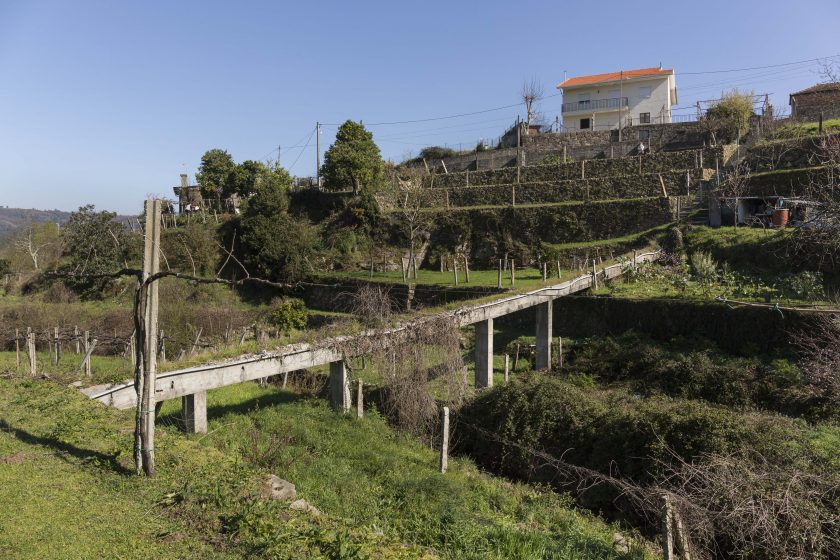
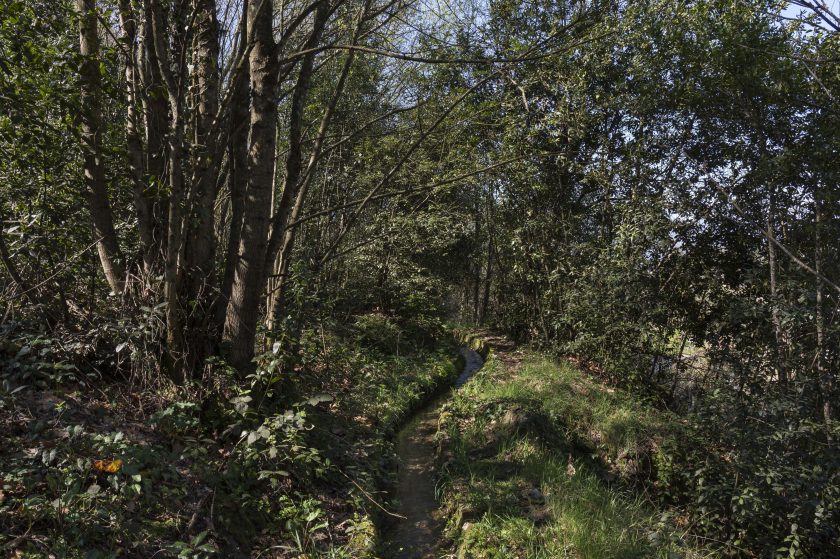
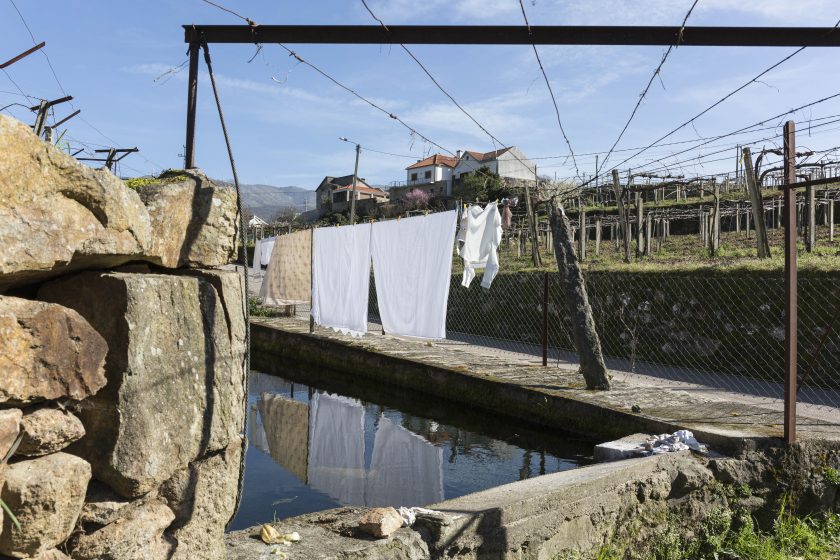
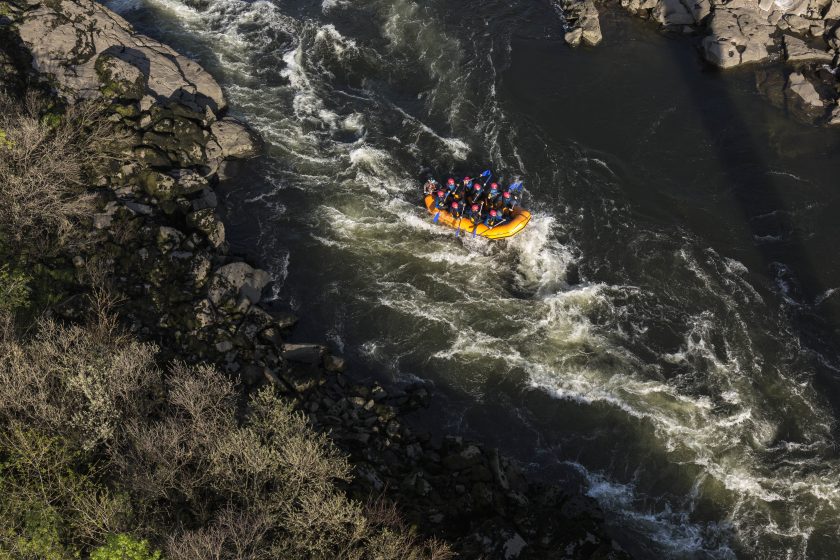
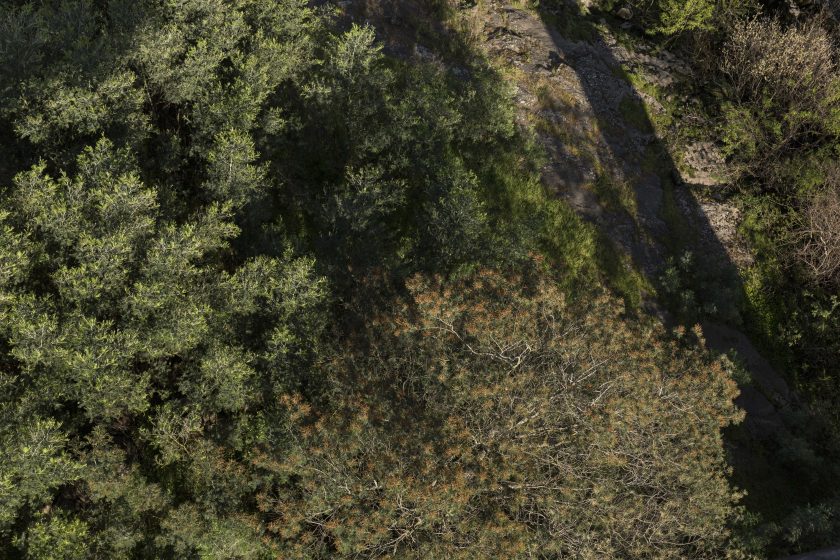
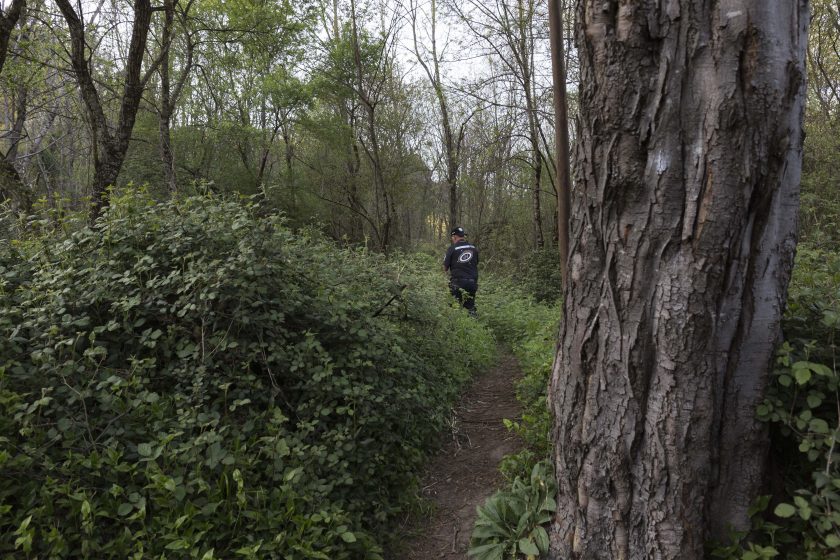
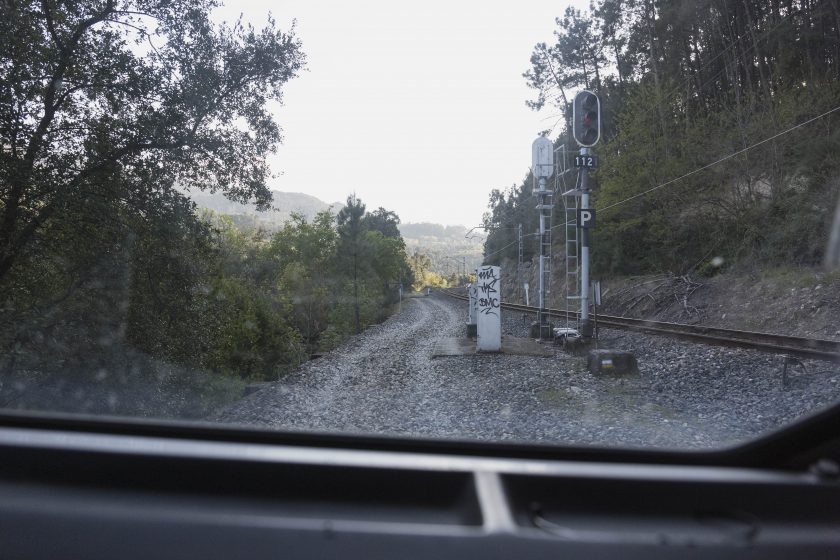
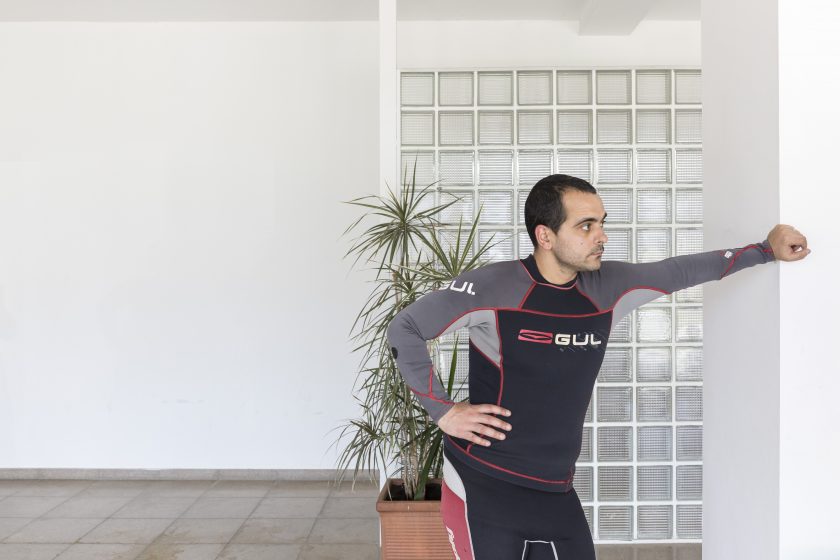
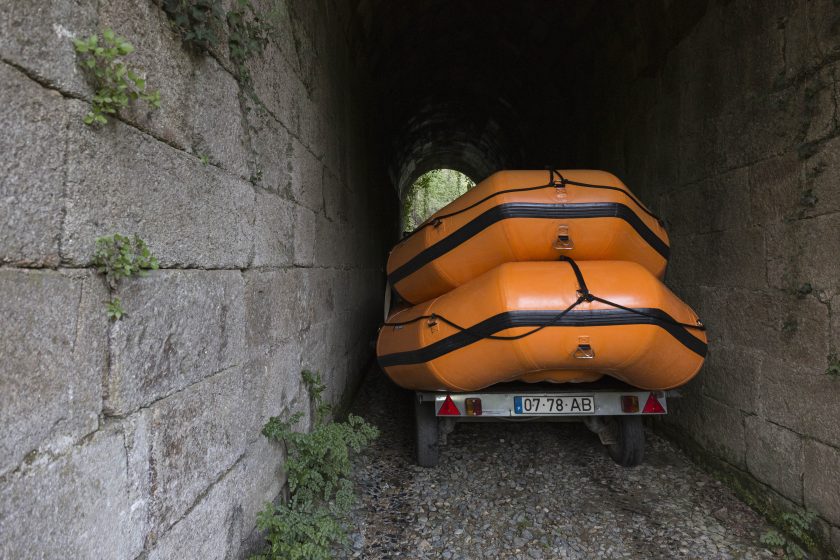
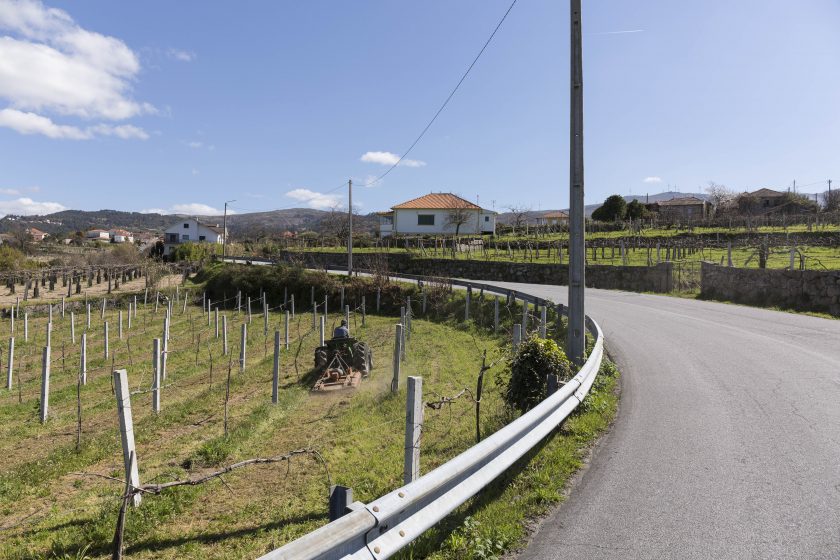
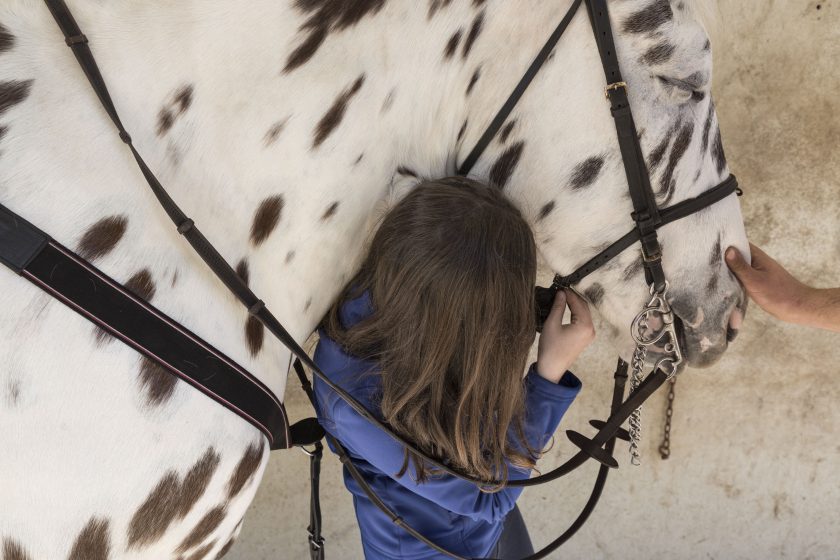
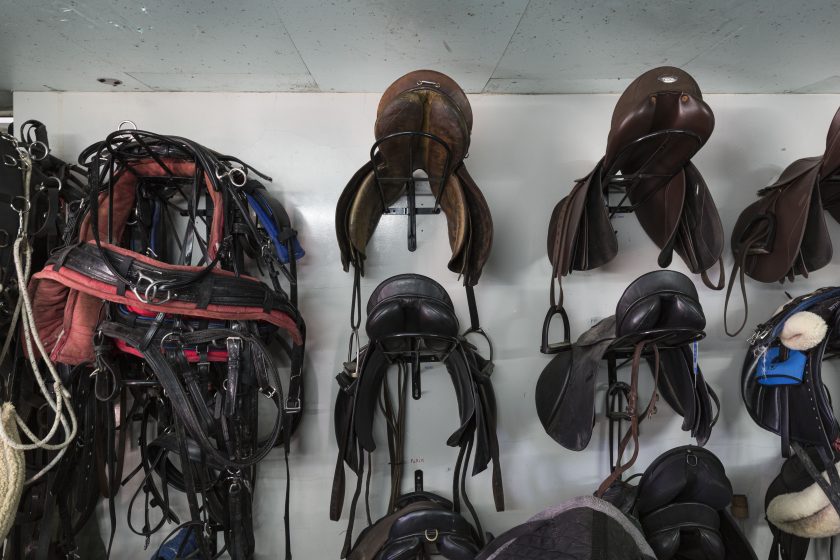
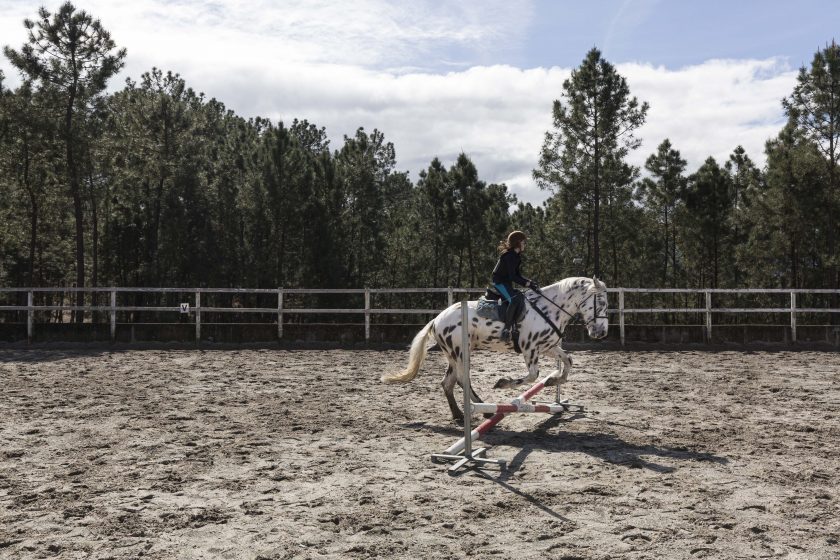
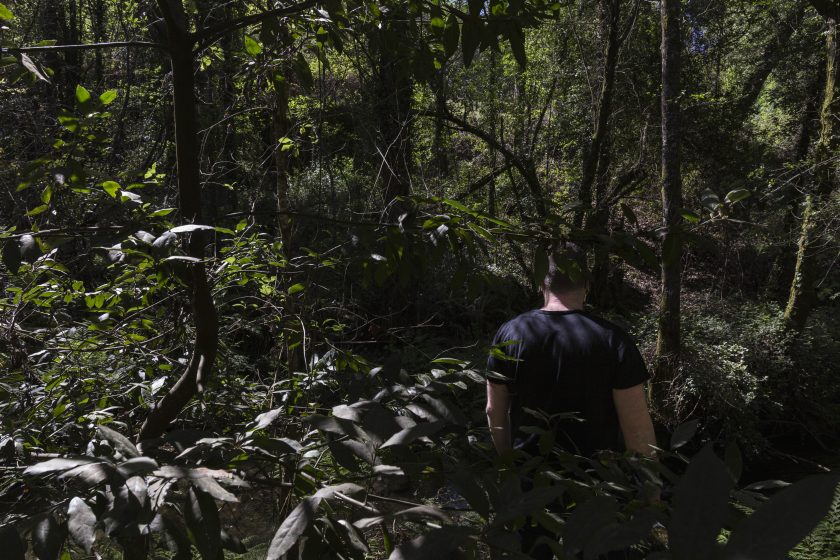

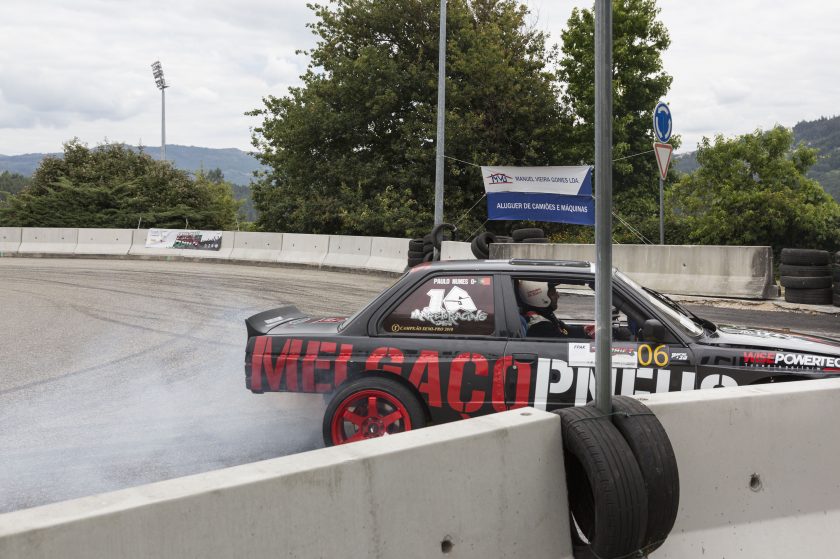
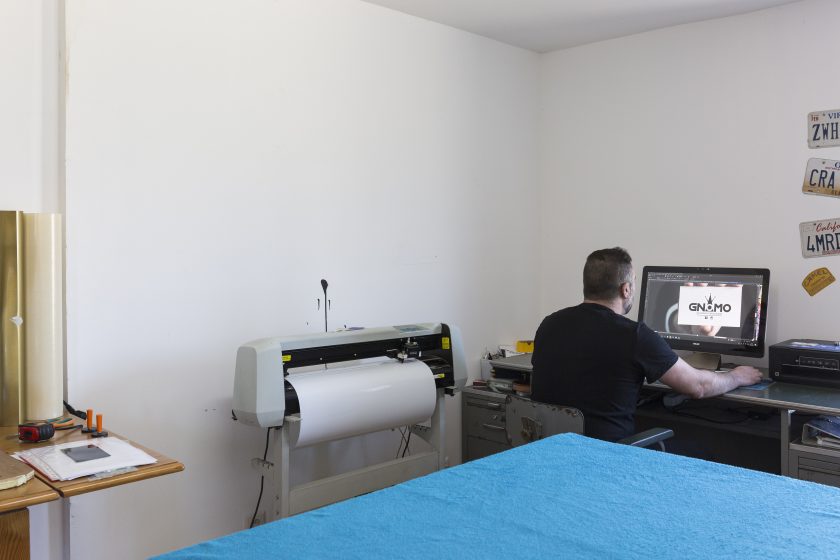
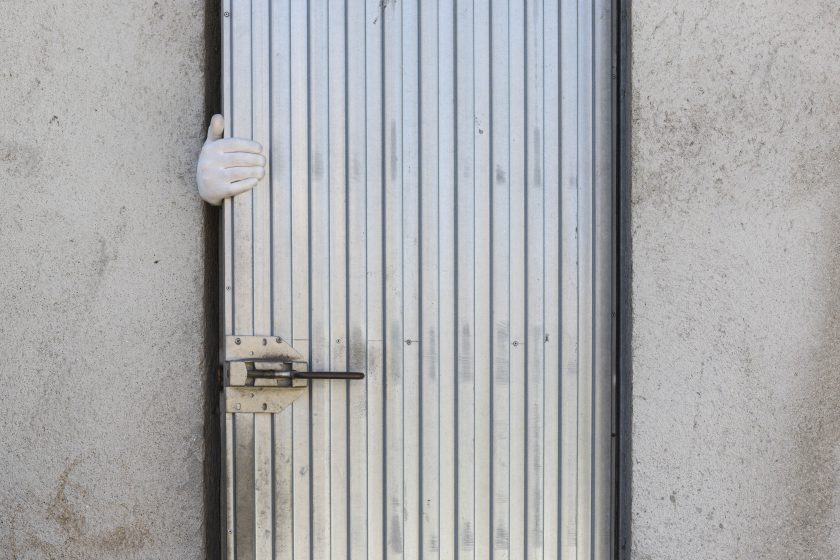
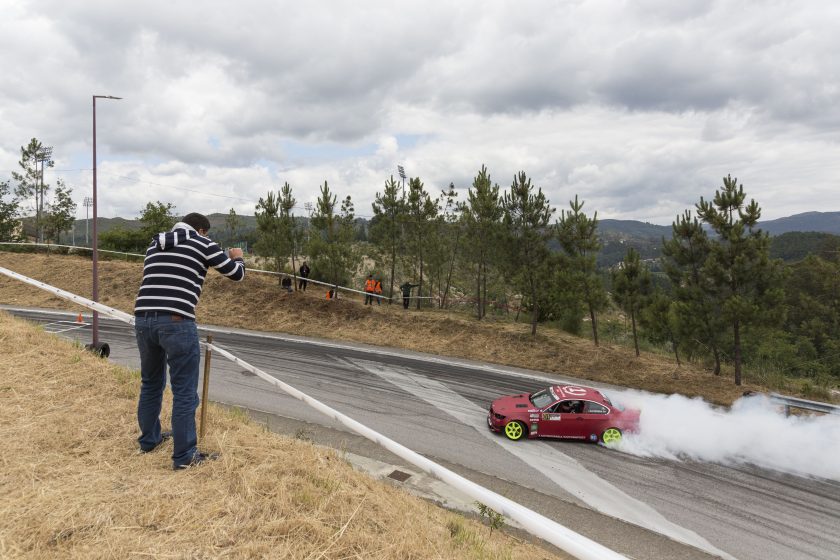
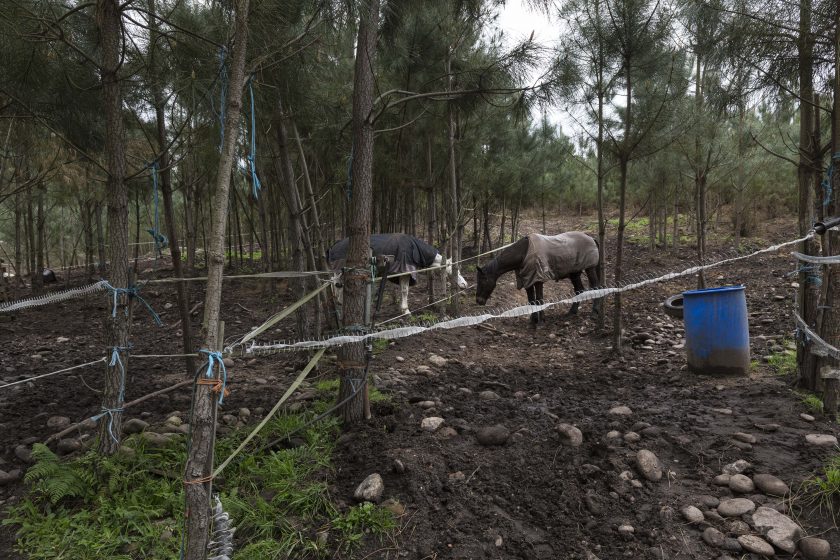
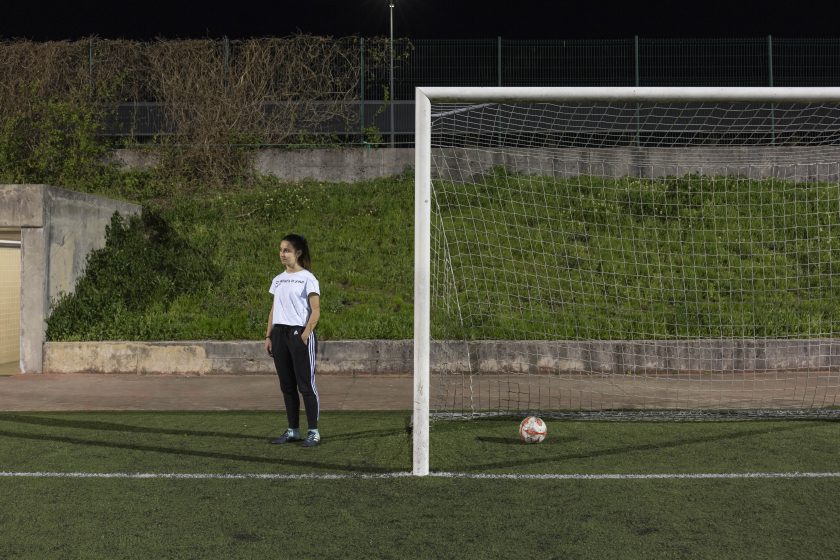


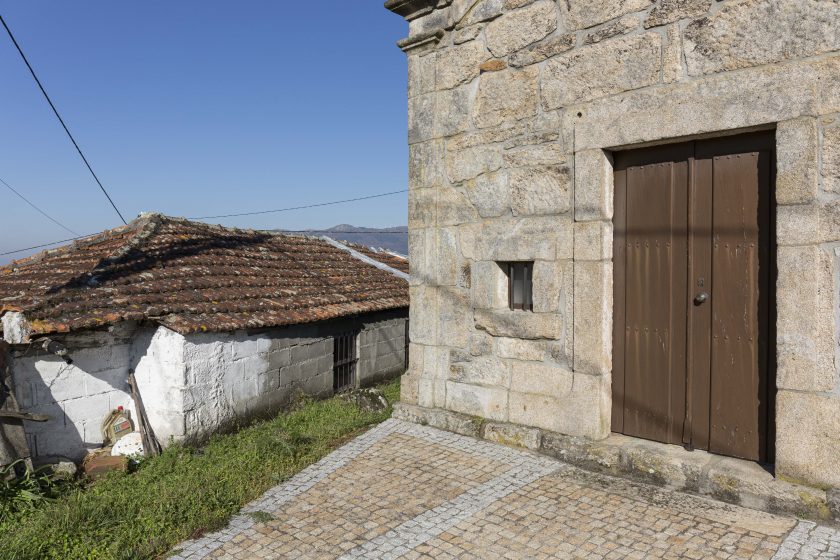
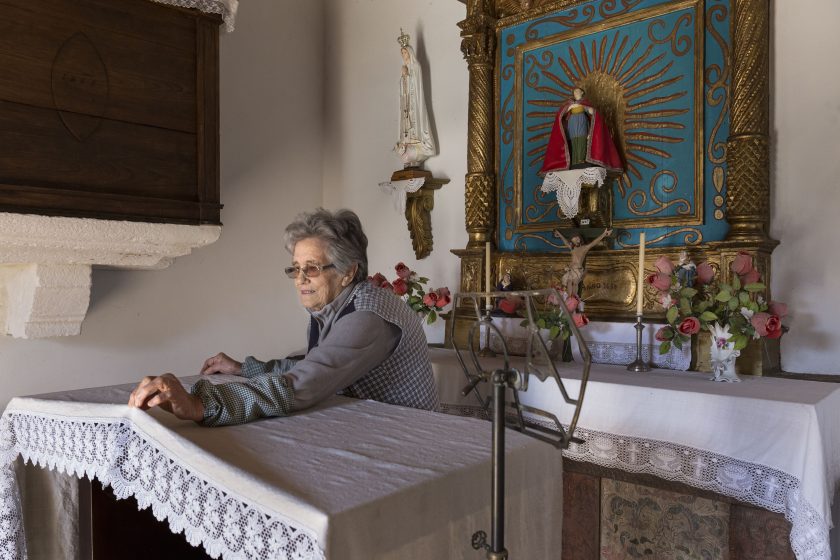
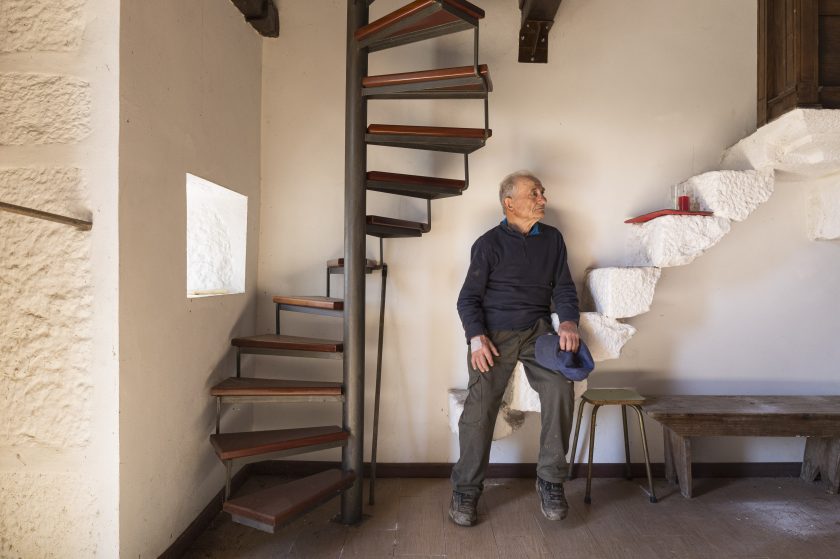
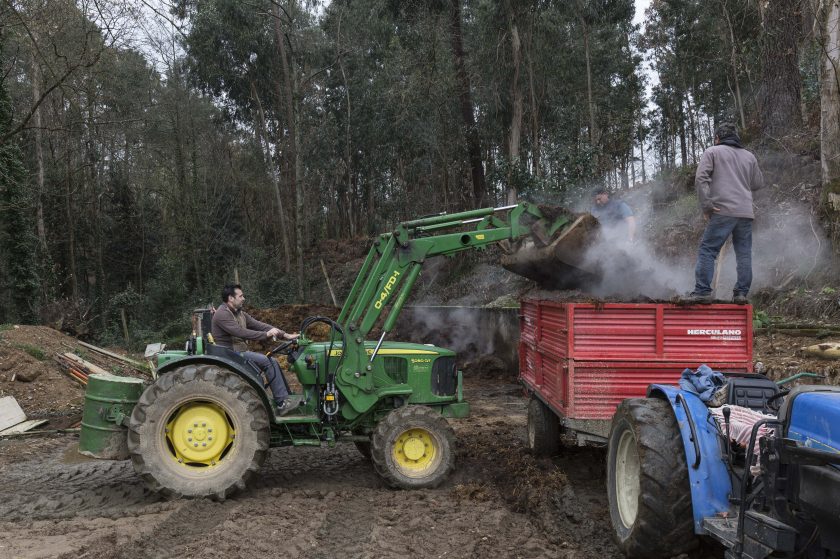
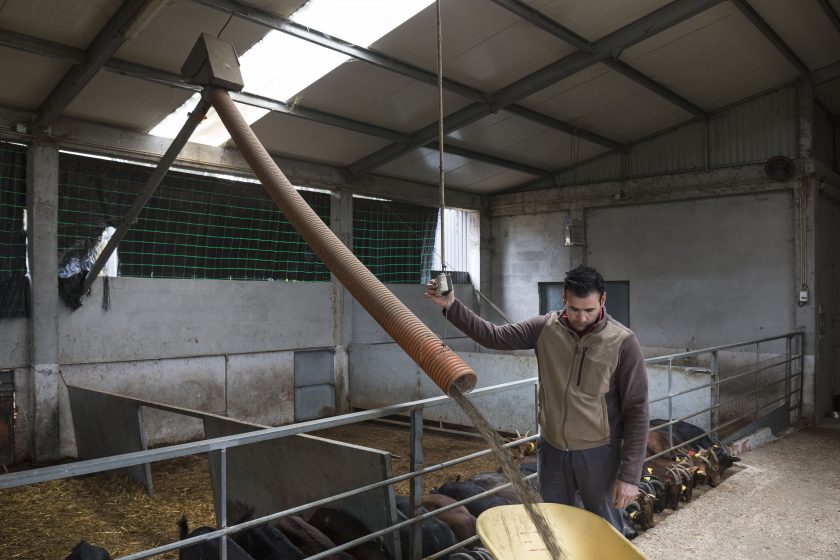

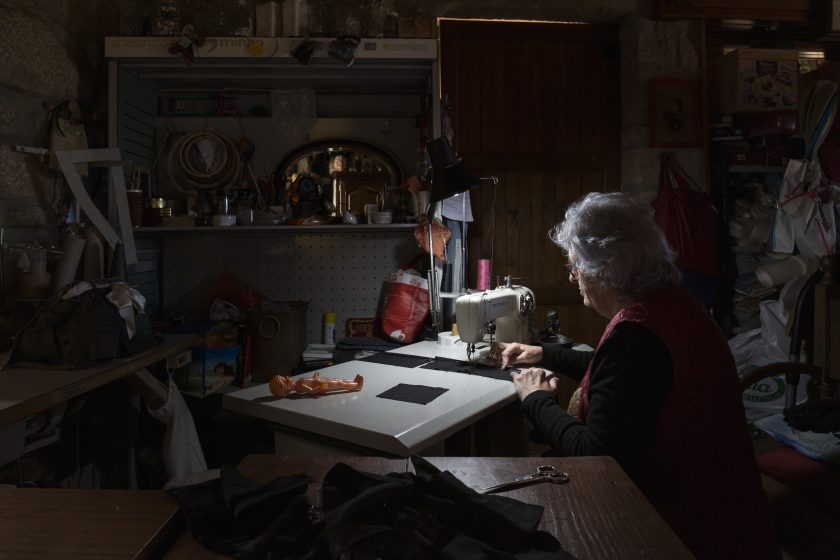
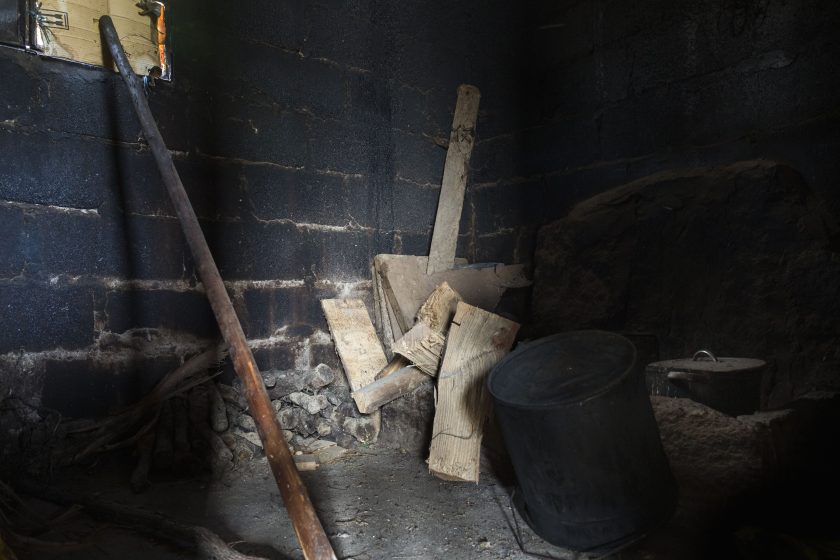
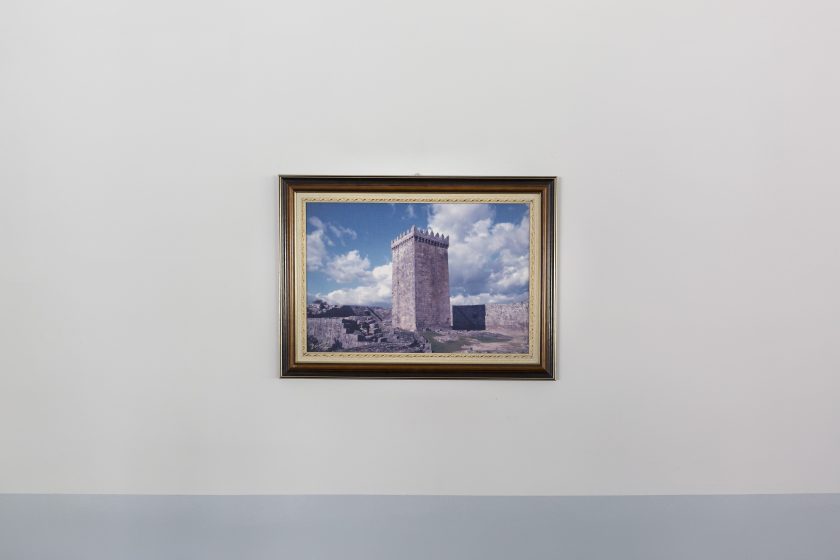
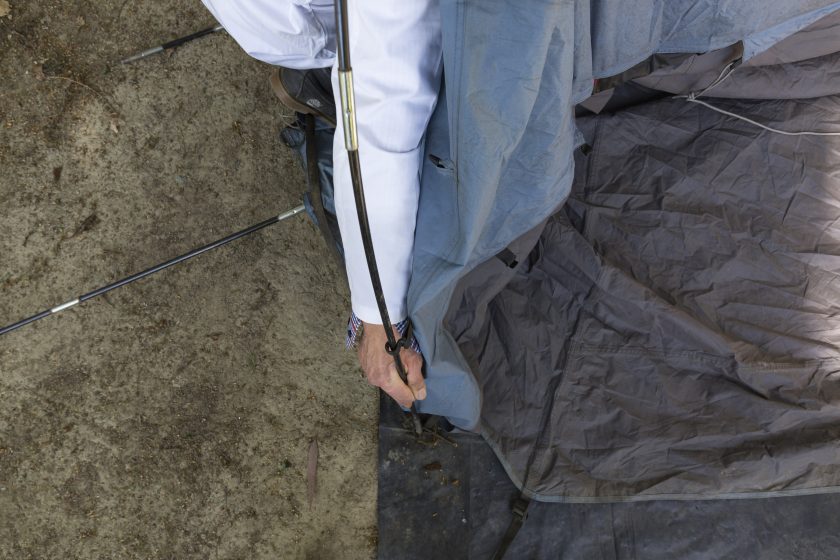
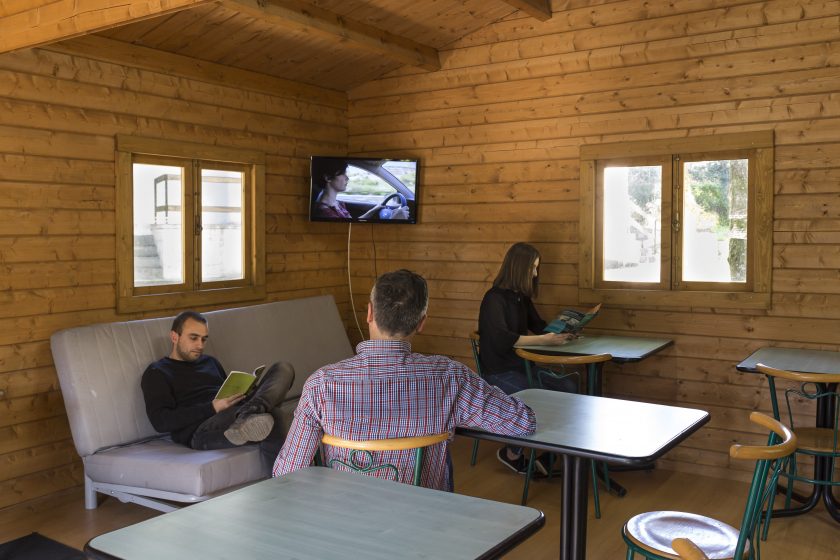
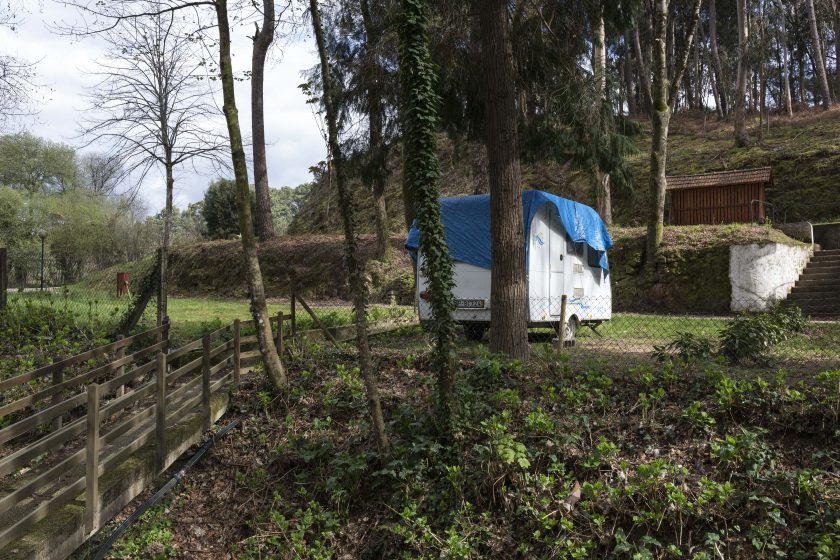
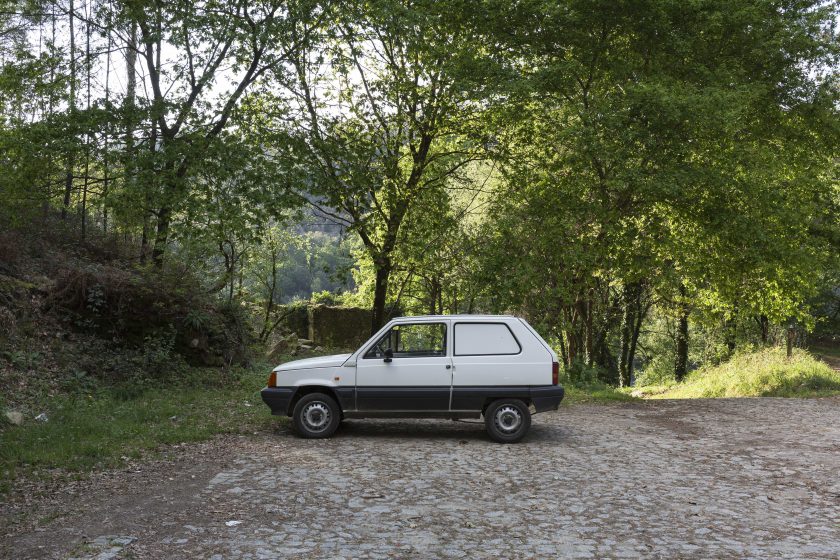
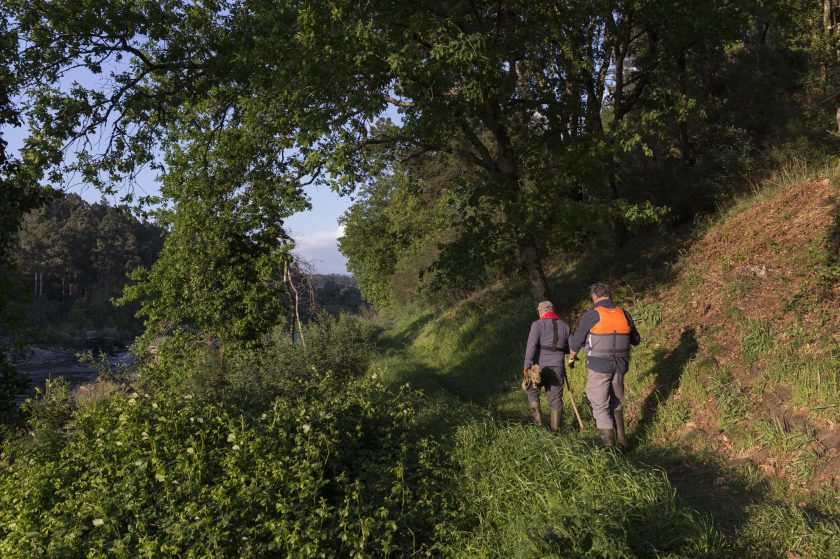
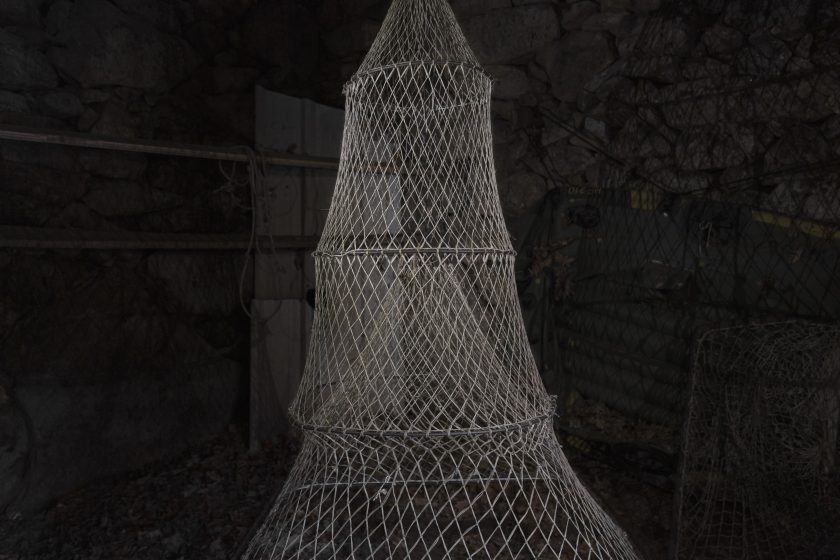

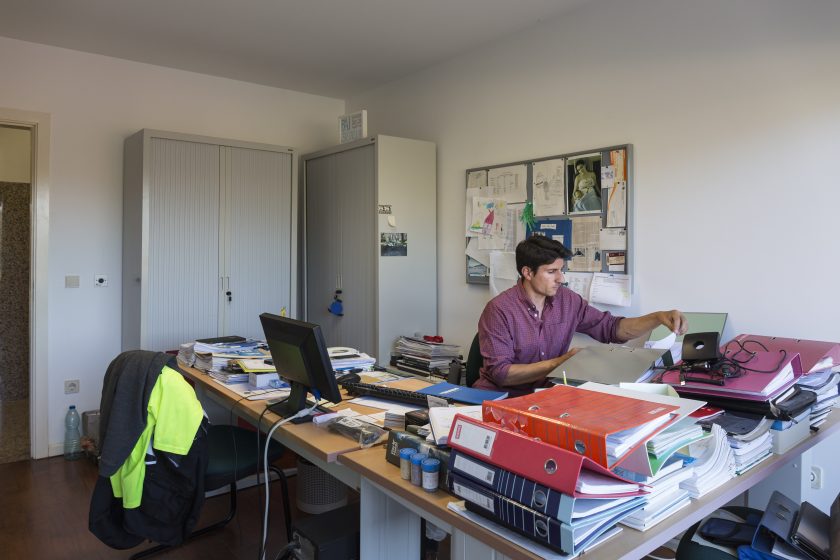
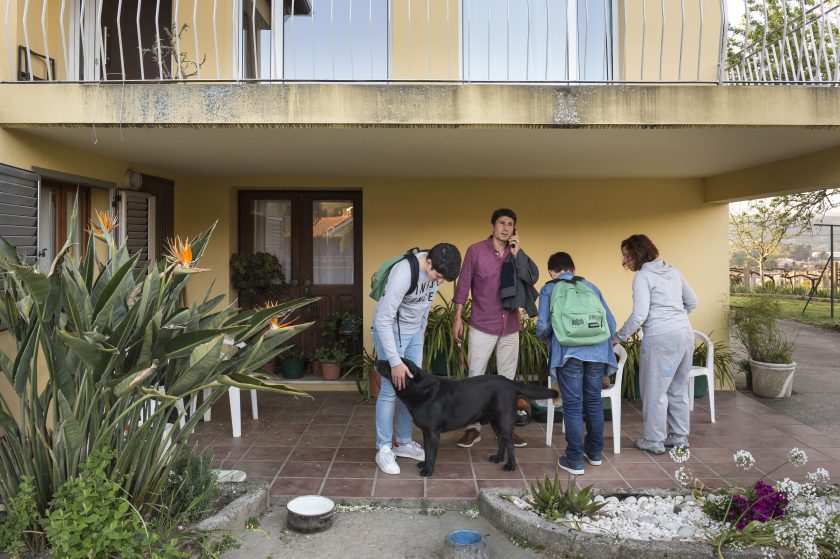
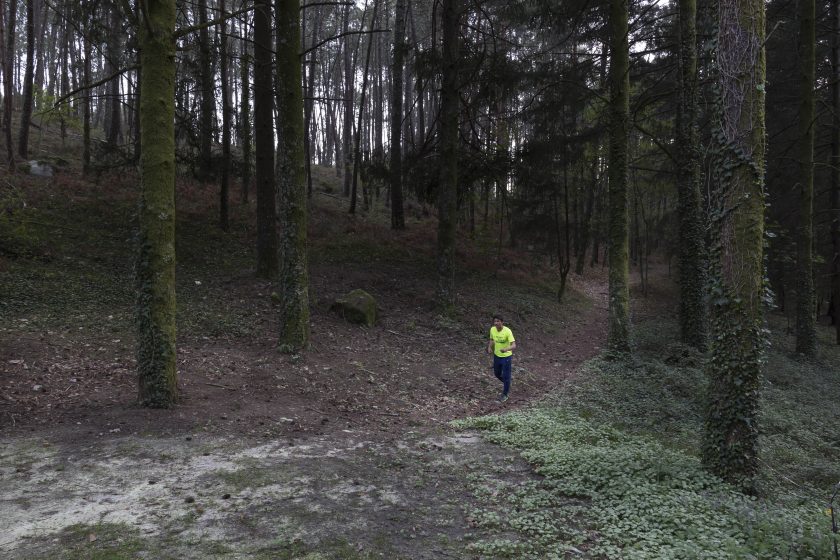
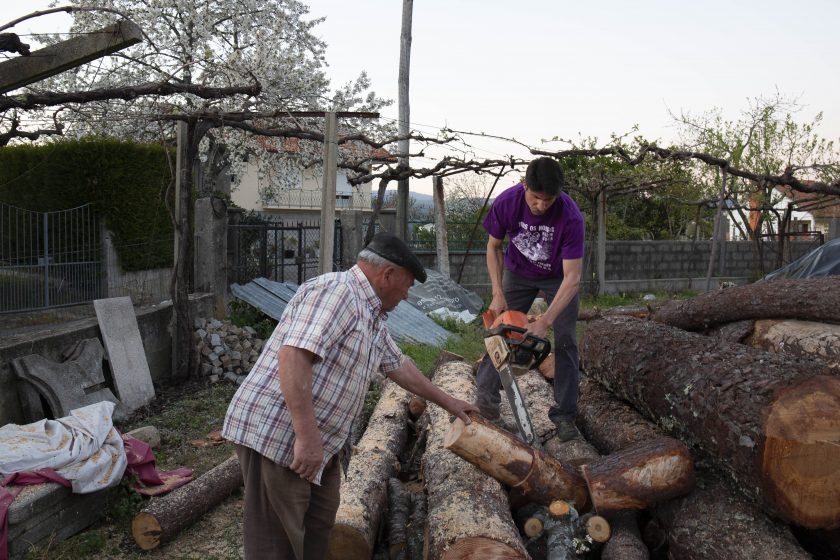
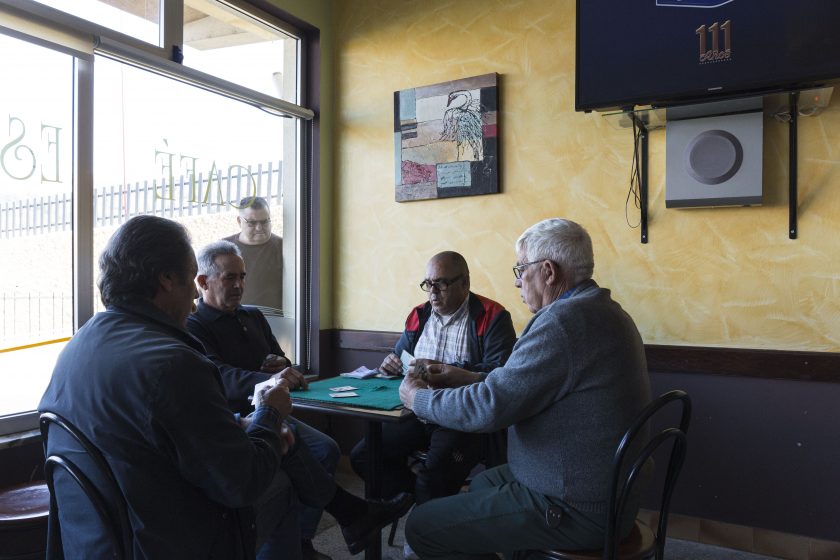
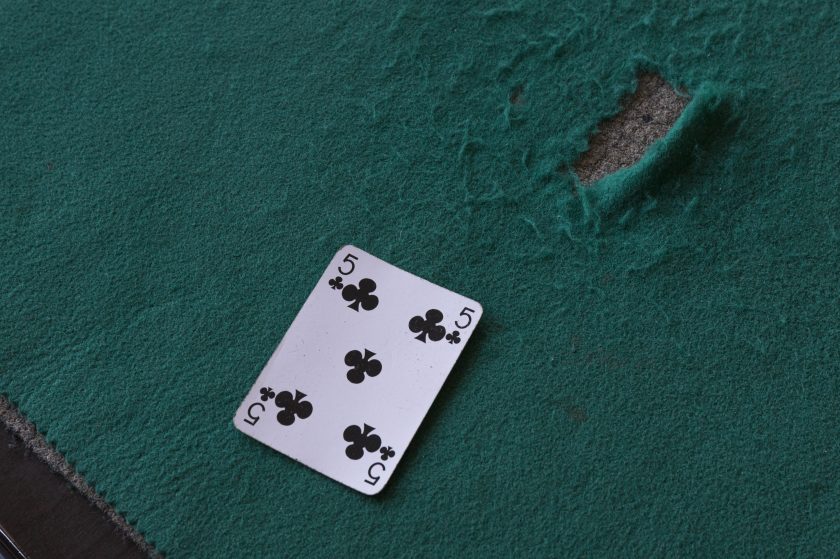
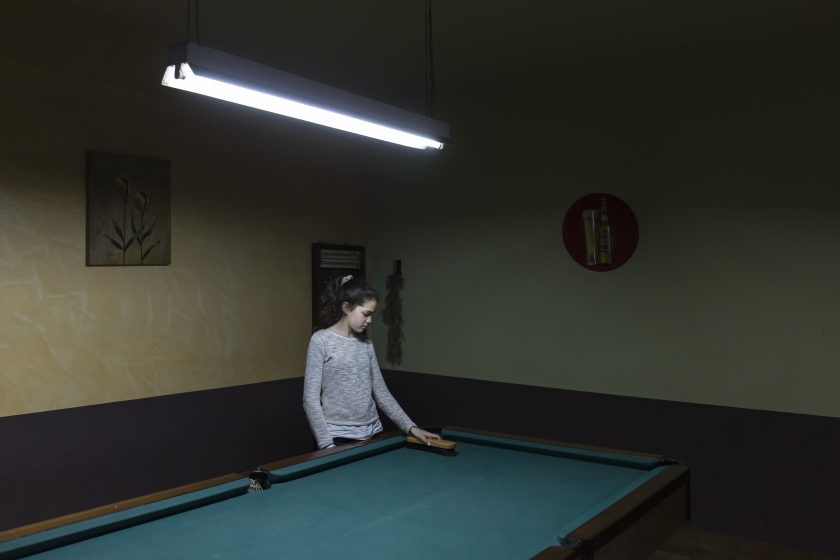
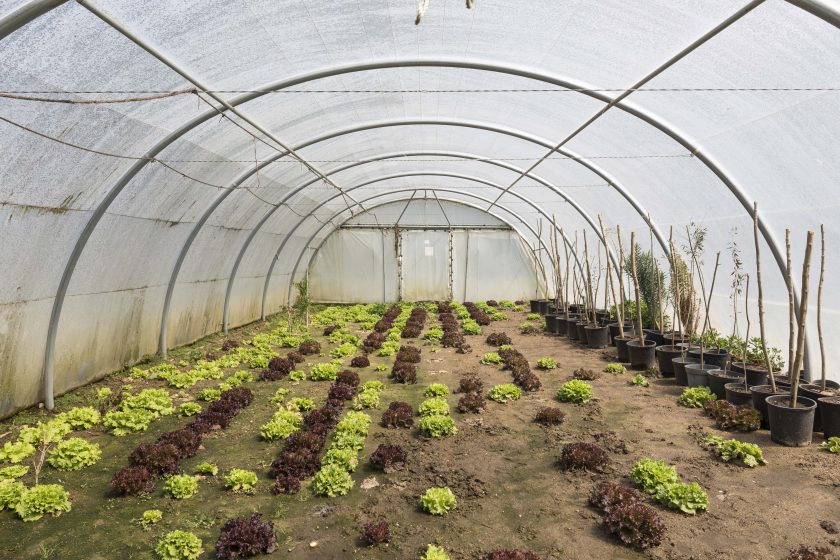
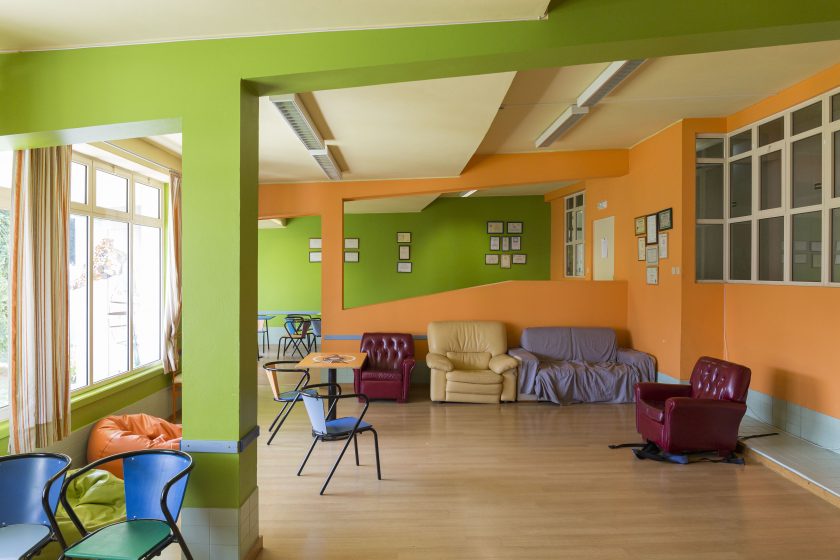


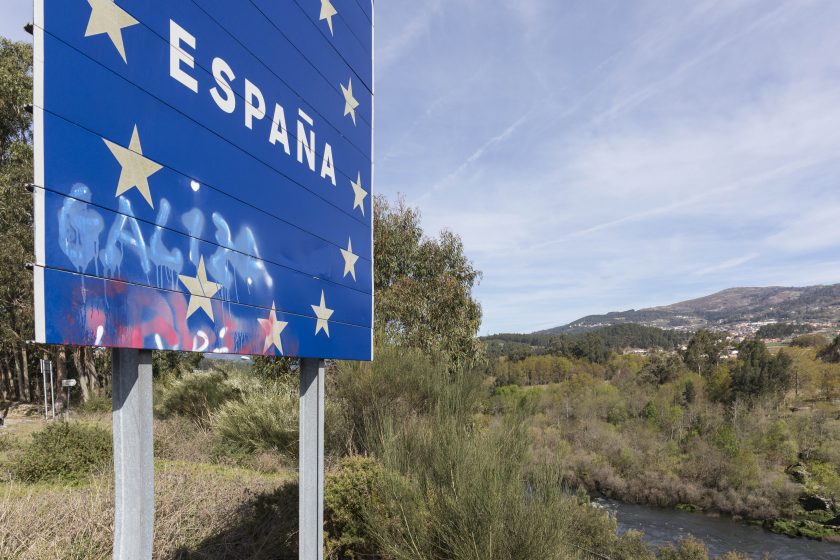
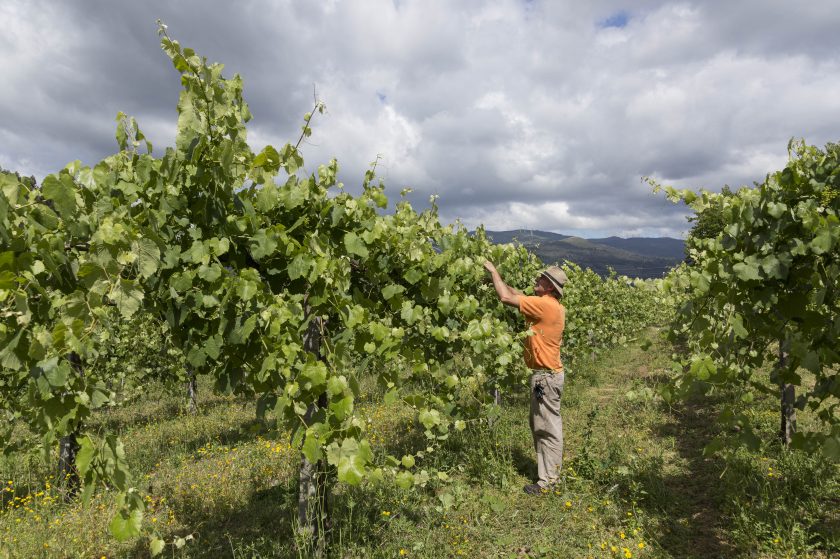
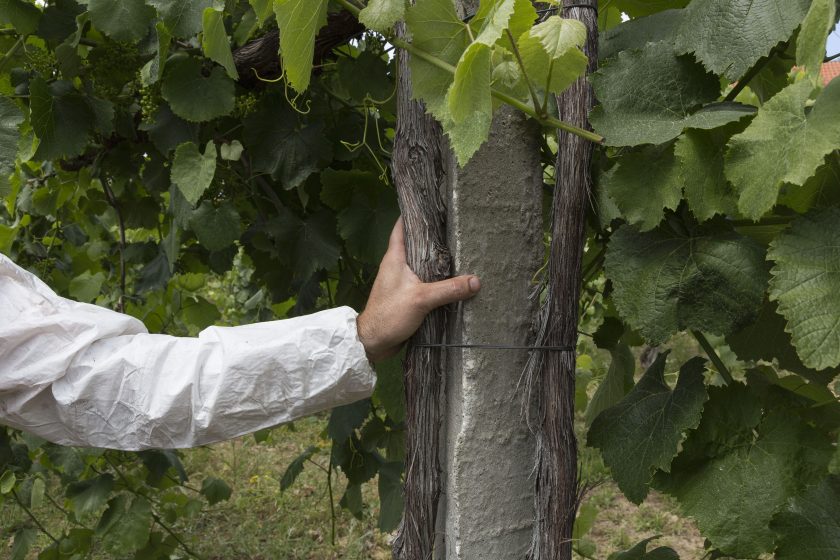
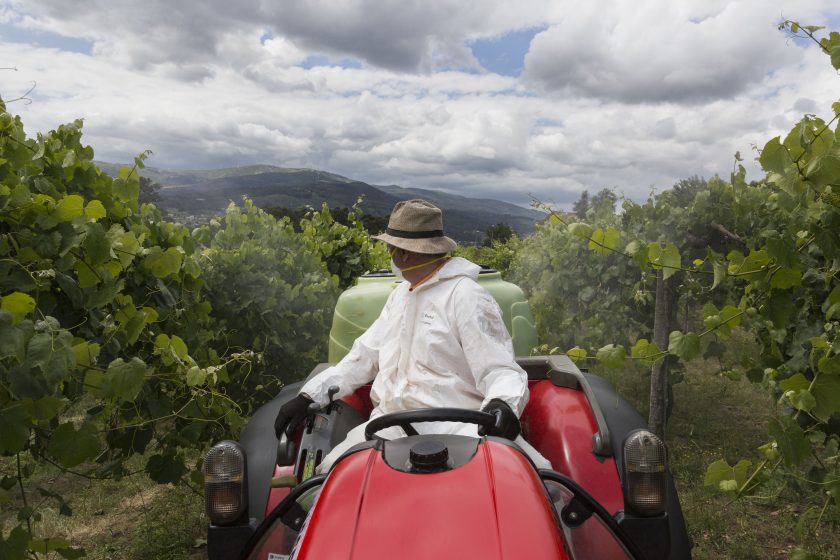
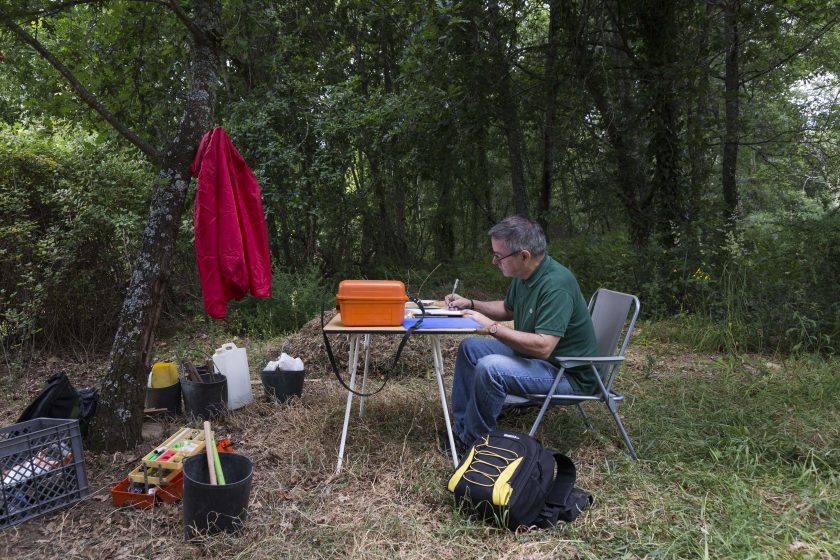

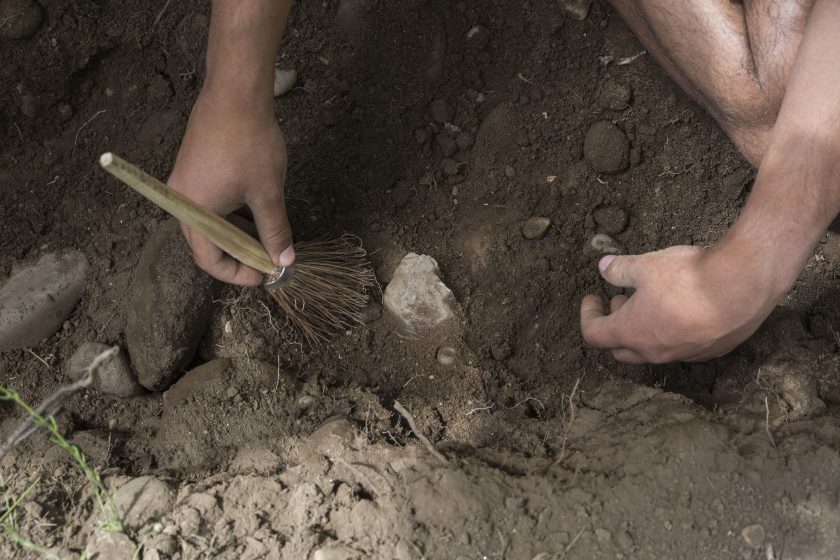
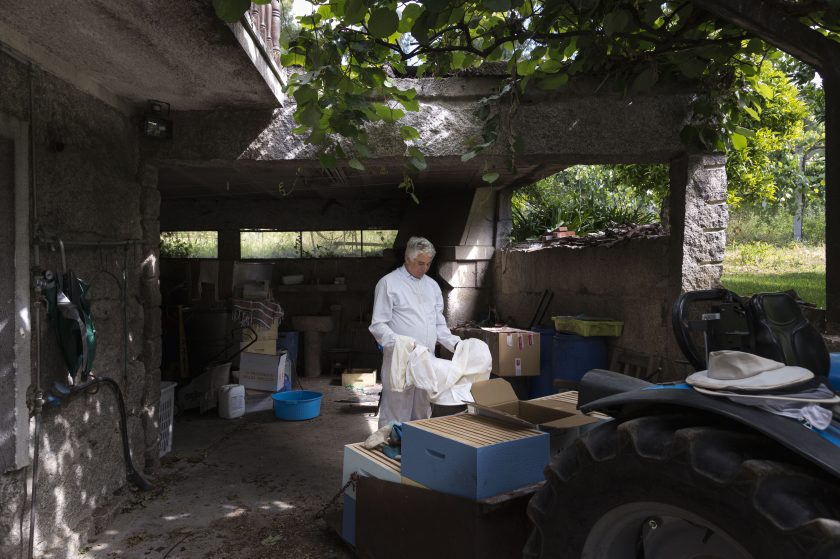
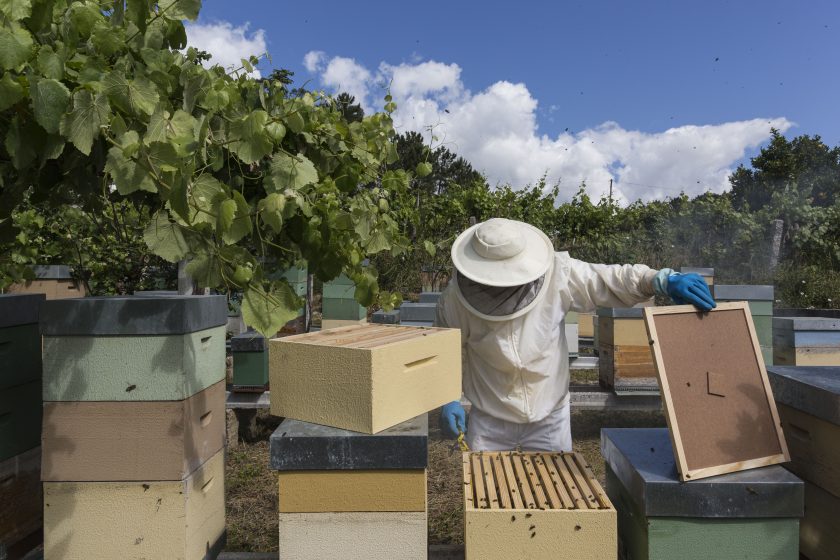
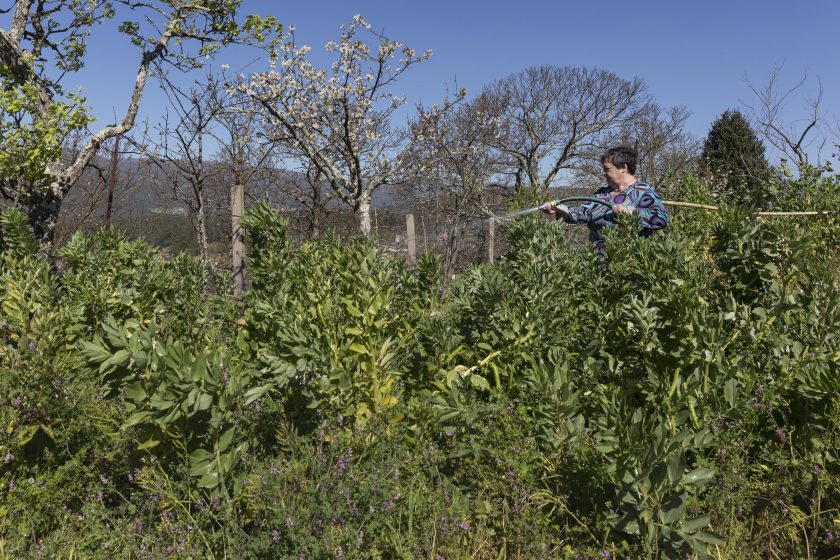
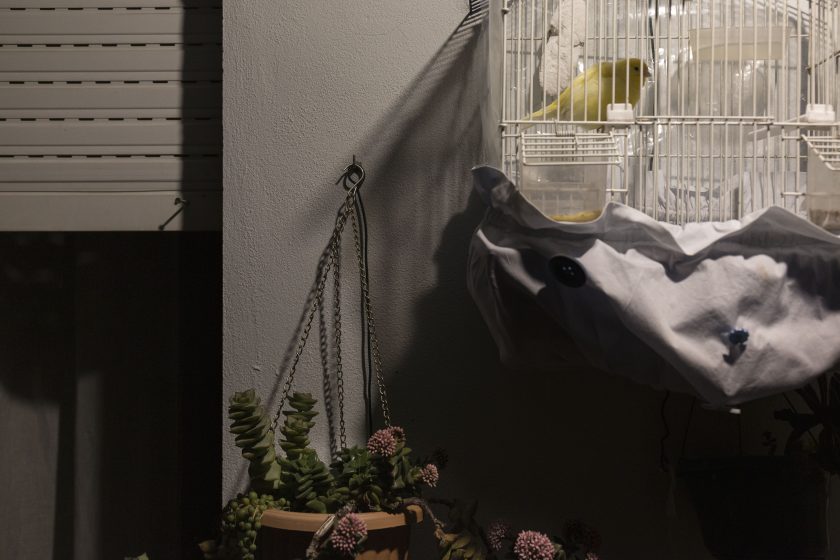

Related Projects
QUEM FICA
O lugar onde nascemos torna-se muitas vezes um lugar de passagem, onde somamos partes daquilo que é o nosso modo de ser. Prado e Remoães são, para este trabalho fotográfico, como uma narrativa sobre a geografia do olhar, um pensamento sobre as modificações constantes do território, na sua forma e na relação entre quem o habita.
No trabalho de campo há um primeiro contacto com esta ideia de lugar de passagem para outro lugar. À entrada de Melgaço, “coleccionam-se” estradas que, ao longo do tempo, ditam a sua metamorfose cultural, social e económica. Enquanto autor, interessa-me pensar as pessoas que fizeram parte deste território; mas, também, nos dias de hoje, quem fica para recriar e desenhar as novas linhas que o definem, a orgânica e os movimentos diários que tornam esta geografia num espaço habitado. Dos mais novos aos mais velhos, existe uma necessidade de reinventar o dia a dia, a vida como um jogo diário de inter-relações.
Como escreve Liz Wells, a imagem fotográfica “opera topograficamente e metaforicamente”: “Quem fica” surge como um desenho da paisagem, uma inscrição narrativa do quotidiano. O foco está de forma ampla sobre as pessoas que desenvolvem e envolvem as suas vidas e os seus trabalhos dentro deste “jogo”. Três estradas, cafés, o alvarinho, a agricultura, os animais, as pessoas e tudo aquilo que estas acções despertam num quotidiano activo e pensado pela necessidade.Viver num lugar de passagem e todos os dias tornar este território o centro de uma nova viagem.
_____
The place where we are born often becomes a place of passage, where we add up different parts of what is our way of being. Prado and Remoães are, in the context of this photographic work, like a narrative about the geography of the gaze, a thought about the constant changes of the territory, in its form and the relation between those who inhabit it.
During field work there is a first contact with this idea of place of passage to another place. At the entrance to Melgaço, roads are “collected” that, over time, dictate its cultural, social and economic metamorphosis. As an author, I am interested in thinking on the people who were part of this territory; but also, nowadays, about those who stay in order to recreate and draw the new lines that define it, the organic and the daily movements that turn this geography into an inhabited space. From the younger to the older, there is a need to reinvent everyday life as a daily game of interrelationships.
As Liz Wells writes, the photographic image “works topographically and metaphorically”: “Those Who Stay” emerges as a drawing of the landscape, a narrative inscription of everyday life. The focus is broadly on the people who develop and involve their lives and their work within this “game”. Three roads, cafés, the alvarinho, agriculture, animals, people and all that these actions awaken in an active daily quotidian and thought by necessity. To live in a place of passage and every day turn this territory into the center of a new journey.
- Type: FOTOGRAFIA, MDOC
